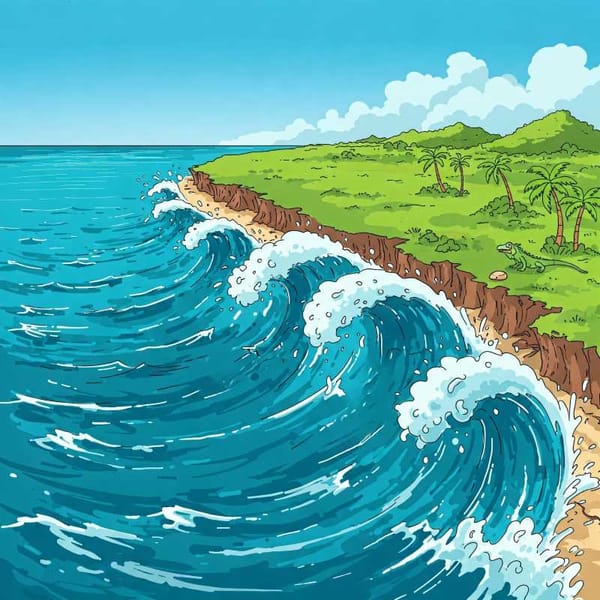Urgent action is needed against global warming in Mexico
Global warming cannot be reduced without substantial modifications to the socioeconomic system. The accumulated costs of inaction during the century are equivalent to losing more than 4.5 times Mexico's current GDP.





